Between high-rises going up downtown and historic homes going down in Burns Court, the development of the local built environment takes center stage for everyone from industry architects to neighborhood aficionados. And with Center for Architecture Sarasota and Sarasota Architectural Foundation joining forces for the first time in an exhibition earlier this year, the two powerful advocates seem stronger than ever. CFAS Board Chairperson David Lowe, founder of DKL Design, and SAF Chairman of the Board Dr. Christopher Wilson, professor of architecture and design history at Ringling College, sat down with SRQ to talk G Wiz, tiny homes and why they’re optimistic about urbanism.
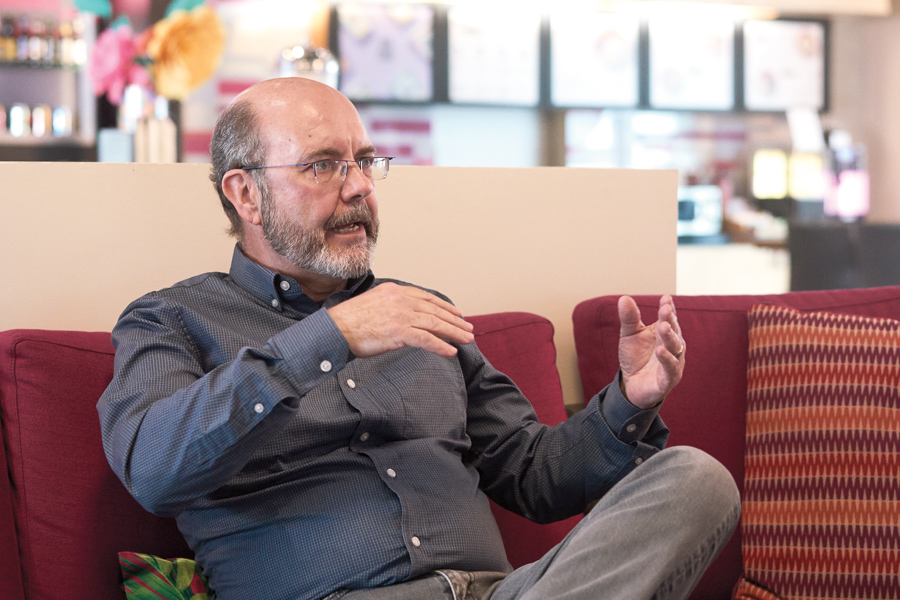
Where did the love of architecture come from? David Lowe: It came for me through mid-century architecture, primarily Victor Lundy and his work with dramatic forms. He did a church in Holmes Beach called Gloria Dei Lutheran, and it looked like a ski jump. And then his Galloway’s Furniture Store, which now is unrecognizable next to Sarasota High School. As a kid, those buildings were amazing. They had huge amounts of glass, they were transparent, you could see the structure and you understood how the building was put together. We shopped in Downtown Sarasota for Christmas, and we’d drive through Lido Shores. I always asked my parents, “Can we pull over and check out these cool houses?” Christopher Wilson: I was studying art history and they were showing all the paintings and sculptures, but, for some reason, I was drawn to the buildings. I thought I wanted to become an architect and went through that whole education, and I realized I didn’t want to design those things, but I wanted to talk about them. So I got my PhD in architecture history. I don’t know how to explain it, but I like talking about buildings. Lowe: It’s more than just bricks and wood. Wilson: The built environment is what it is. It sounds cliché, but a nice built environment leads to a nice community. Lowe: Architecture is about experiences, not just about looking at pictures and the form, but experiencing them.
What is the relationship between the two organizations, CFAS and SAF? Lowe: The intention is that we’re not in competition. We do have autonomy between the two organizations, and for now, we want to maintain that and try to complement and offer different services to the community. Wilson: Our missions are different, and that’s why there are two different groups. We are really focused on the Sarasota School and that’s where we put our efforts. Of course, the larger picture is the built environment. And I would say your mission is a little bit broader. Lowe: It’s a little broader, and really trying to incorporate an educational component. When we had the University of Florida students here, we had it. And that’s hopefully coming back but in a different configuration. Not to say that SAF doesn’t do education. Wilson: It’s in our mission statement—to advocate for, educate about and celebrate the Sarasota School of Architecture.
What are your thoughts on the development we’re seeing in Sarasota? Lowe: I’m very optimistic. It’s going in a good direction. It’s a little scary in terms of the speed, but it’s 2019. Sarasota downtown is an urban environment and we need to celebrate and capitalize on that urbanism. There’s nothing wrong with density. Density is good. It’s good to have people living in close proximity to be efficient with our infrastructure. The more we develop downtown, the less sprawl we have and the less dependence on the automobile. Wilson: I see an optimistic standpoint. I’m not a native, but I’ve heard all the stories about how Sarasota used to be and “Oh my gosh, everything has changed,” but that’s what happens. Things get bigger. It’s a good thing. Lowe: I’m excited about the architecture. You’re not seeing a high rise with barrel tile. There’s a modernist movement that Sarasota Architectural Foundation has been instrumental in supporting, and CFAS has also. My clients now are all modernists. They’re coming from different parts of the country, and they’re buying modern condos. They want modern interiors. They want mid-century furniture. It’s an exciting time. I’m concerned about traffic and congestion, but I’m also a proponent of roundabouts. They work; people just need to think a little bit.
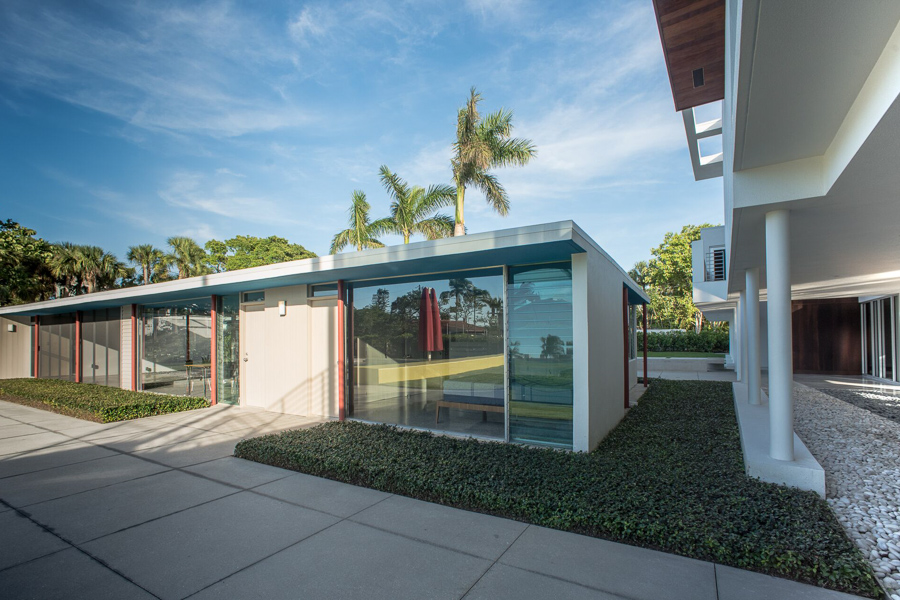
Why is it important to save older buildings? If someone wants to replace them with something stronger or even greener, why do we say no? Lowe: Fundamentally, history’s important too. It’s our military history. It’s our provenance. Why is Sarasota here? Ringling? All of the early developers that came to Sarasota and put Sarasota on the map? We can’t just forget that. Historical architecture is important. You experience those spaces, and they are our legacy. Wilson: When a building disappears, it literally does that. No one remembers it anymore. I always wondered, why is Lemon Avenue so wide? It’s ridiculous. Well, look back in history, it turns out there used to be train tracks there, and there was a train station and that’s how people used to come to Sarasota from up north. But does anyone know that? When things disappear, that’s literally what happens. They just go and they’re gone and then they’re forgotten. And so the question is whether is that a good thing or bad thing. I think it’s a bad thing.
What are your thoughts on the current state of the Sarasota School of Architecture? Wilson: The Sarasota School of Architecture has gotten a bit of a renaissance, and people are more and more interested. The biggest threat to Sarasota School structures is that they were mostly built on waterfront property. That property is worth millions and millions of dollars now, and it’s usually a small 1,000-square-foot house that was built in the ‘50s, that has a kitchen people don’t want and bathrooms people don’t want. So the challenge right now is to educate people about the value of those structures and saving them. Lowe: The little mid-century homes become obsolete in terms of the way we live today, and so there’s not a desire to keep them. But through efforts with SAF and CFAS, providing awareness of the importance of these homes and how advanced they were for when they were built, there can be enough interest to save those.
But not enough interest to save the G Wiz building? Wilson: There’s a [George Smart] quote that the biggest threat to historic preservation is not development, but vacancy. Because when a building is vacant and people think they can’t use it, then that’s usually it. That’s the end. And we just saw that with the G Wiz building. Lowe: And it deteriorated because it was vacant. So you let it go if that’s your motivation. We think it is somewhat [the city’s] motivation—they let it go so long that it’s too expensive to repair. So it’s obsolete, and no one has the interest or the funding to maintain it and bring it back.
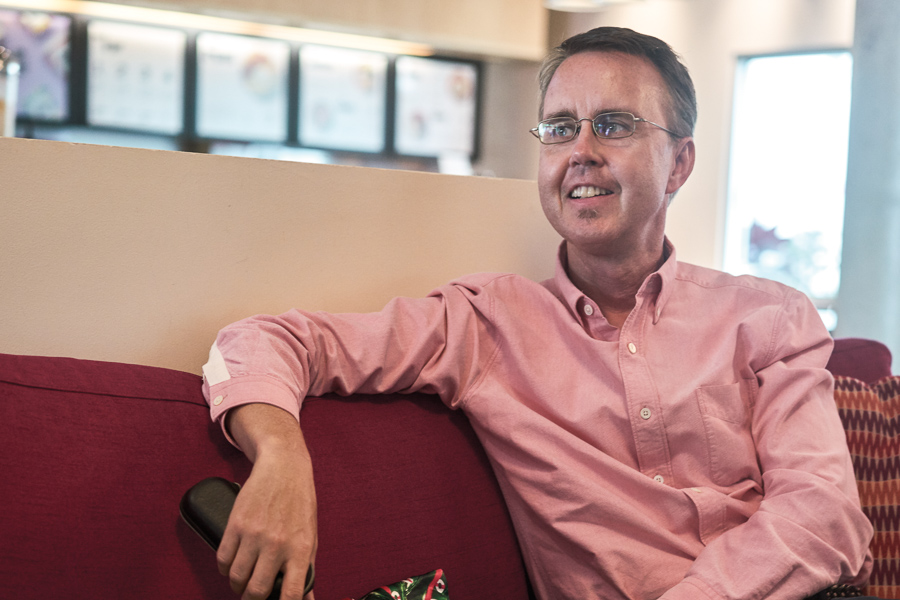
How do we balance this preservation of the past while also encouraging innovation and growth in architects today? Lowe: It’s ultimately awareness, and the ability to provide maybe financial assistance, to give property owners opportunities to save a historic structure and incorporate it into the way we live today, versus, economically, just having to tear it down and build something new. Mira Mar is full of tenants and the commercial area on the street is really vibrant, and that’s a good example of a historic building being kept. But I was frightened of the DeMarcay. They saved the front facade and it kind of looks like an Old West thing. They’ve got this slice of the old building and then this new building that isn’t really modern, isn’t really historical. I don’t think it knows what it wants to be. Wilson: It’s always easier to have a blank slate. And just knock it down and then you’ve got a blank slate. It’s more difficult, but more rewarding, to keep something, add onto it, change it, renovate it. But it takes more effort, it takes more time. By the way, with the DeMarcay leaving the facade, in architecture history we call that façade-omy.
Not impressed by facades? Wilson: Who are you kidding? It’s obviously a mask. “Here’s an old building, we’re knocking it down.” Lowe: But we’re leaving the facade just so everyone can see it. And they’re leaving it because they have to. It’s insulting.
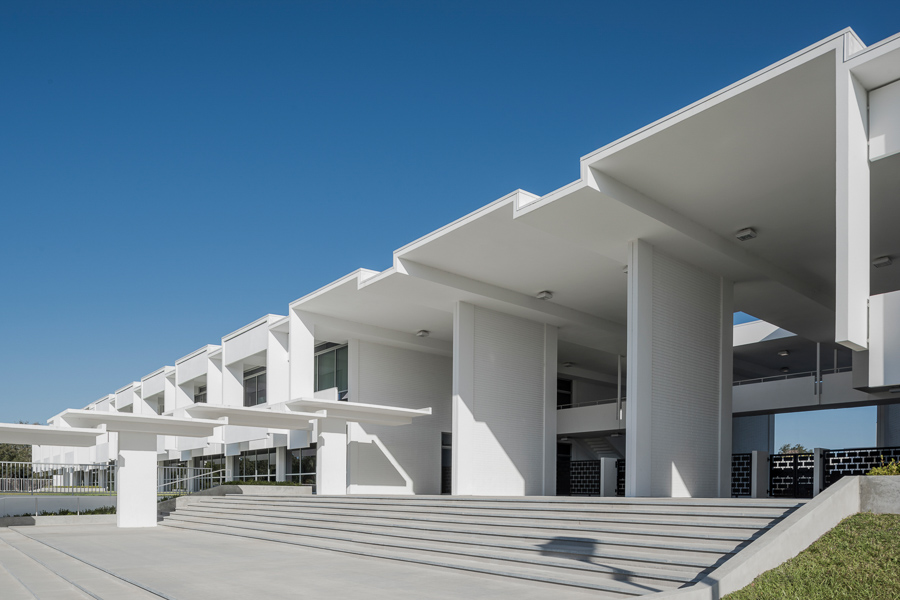
Do you think the average resident understands the significance of the built environment? Lowe: Not at all. Wilson: Unfortunately, no. And it’s a very sad situation because it’s all around them and they don’t know that it affects them. I don’t know how to solve that. Do you know how to solve that? Lowe: I don’t have the solution, but SAF, CFAS, SRQ magazine, Sarasota Magazine, even the Herald and AIA on certain levels, are a solid benefit, promoting and celebrating architecture in Sarasota. How to solve it? I don’t know, but we’re all trying. Wilson: We have something called the Living With History series, opening up properties so people can go and see them. They’ve been renovated, so people can see that you don’t have to knock down the building, but can replace things, upgrade them and still have the building. I must say though, we’re kind of preaching to the choir. Our effort is trying to expand beyond our membership. Lowe: At the Center for Architecture, we’ve experienced the exact same thing. When we have exhibits in the gallery, a good portion of our visitors are the choir. But we also get people off the street, and tourists will just wander in. And then our architectural tour series would again get a number of aficionados, but also people who are here in Sarasota wanted something to do, jumped on the tour bus, learned about some of our local architectural histories. So, we’re having some success in that regard. Wilson: Your tours are great. Lowe: And the lecture that SAF did at Ringling on Florence Knoll? There were a number of visitors to that lecture who weren’t just the usual group as well.
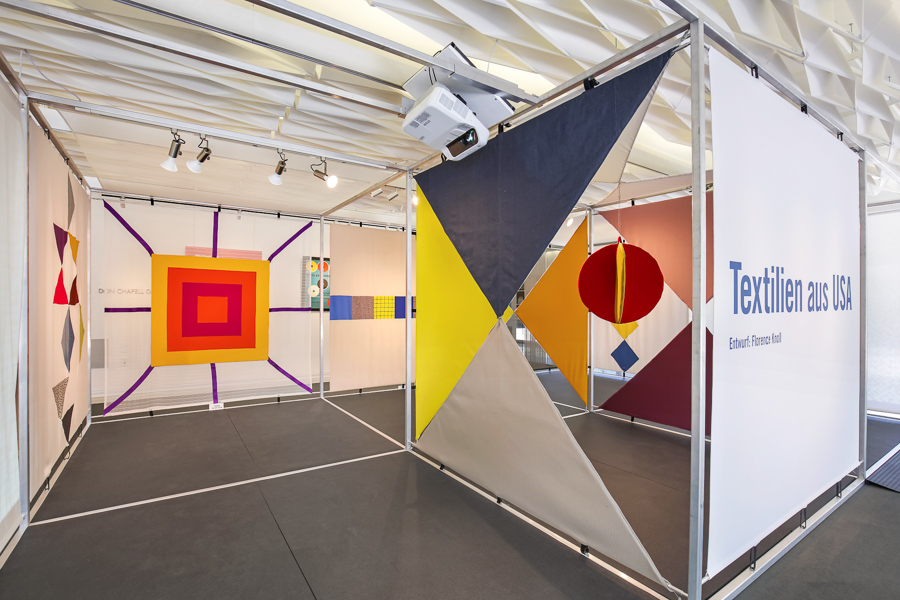
What are the exciting trends you’re seeing in architecture right now in Sarasota? Lowe: There’s been a rebirth of modernism and more of a shift towards quality of the spatial environment, as opposed to decorative applications of stylistic elements. The architecture is hopefully more about defining the space, and being nice and clean and simple. The downside I see is a trendy architecture that’s not just here in Sarasota. Go to UTC, for example, buildings so fresh and clean and fun, but they all have the same vibe. You could almost pick out a kit of parts, and that’s unfortunate.Wilson: Generally there’s been this kind of superficial experimentation with new materials. It’s not figuring out, “How can I arrange this building in a new and different way?” but more, “What can I put on the surface?” It’ll go because that’s all it is. Lowe: UTC again: the use of porcelain tile that looks like wood or some tile that looks like something else. There’s a place for it, but now I see it on the face of some of these modern homes. I just see that as a bad trend and really disappointing.
What are your thoughts on the tiny home movement?
Wilson: Sarasota School was the first tiny homes. Lowe: About a year ago, I thought it was done. But recently, I went to a tiny house exhibition up in St. Pete, and I was really impressed. Lo and behold, one of the exhibitors is right here in Venice—the Tiny Studios. There’s another one called Container 360, and they’re converting containers that students at Bay Shore High School will use. The movement is alive and I was very surprised. Wilson: The only reason they work is because you take this and you fold this down, you move this over and here’s your kitchen. And when it’s time to sleep, you’ve got to fold this up, put this over here. It’s all about this interchangeability. On an everyday basis, are you going to deal with that? On the other extreme, do you really need one of these McMansions?
What missed path could we have taken, that you believe could have strengthened the architectural foundation of the community? Wilson: In the ‘60s, the routing of US-41 through downtown. The city downtown is now cut off from the water. You were downtown and you had this direct relationship with the water, which doesn’t exist anymore. You’d have to cross the highway to get to it. Lowe: I agree with Christopher, absolutely. There was nothing built between Gulfstream and the shoreline. As a pedestrian, you could walk right down to the shoreline and enjoy the water. They tried to make it look pretty by making it a park, but the experience of getting from downtown to that is horrible as a pedestrian.
COMING THIS YEAR
CFAS EVENTS
We’re looking at an exhibit of Frank Lloyd Wright Interiors, and we’d like to feature local architects and celebrate the good work that’s being done. We’re also featuring an exhibit called Four Sightlines, as in four sightlines between architectural photographers in town—Sean Harris, Ryan Gamma and Greg Wilson—and John Pirman’s artistic illustration. We’re going to juxtapose the photographer’s view and the artist’s view.
SAF EVENTS
Our big thing is SarasotaMOD weekend. It’ll be our sixth annual SarasotaMOD weekend, 8th through the 10th of November, and the theme is “Sarasota in the ‘60s.” We’re bringing back the Lido Shores walking tour, which is a fan favorite. And the Umbrella House.
The Center for Architecture was created in 2013 to ensure Sarasota’s architectural legacy is appreciated and that the designers of today have a forum. The Center for Architecture is a not-for-profit member-supported exhibit space and lecture hall; a meeting place and destination for people who believe good design matters. Through exhibits, lectures, tours and special events, the center provides a place where design professionals, community leaders, students and the public can admire, discuss and debate our built environment.
SAF is dedicated to increasing awareness of the Sarasota School of Architecture movement, helping to preserve or rehabilitate its irreplaceable buildings and demonstrating its relevance to the contemporary built environment.








